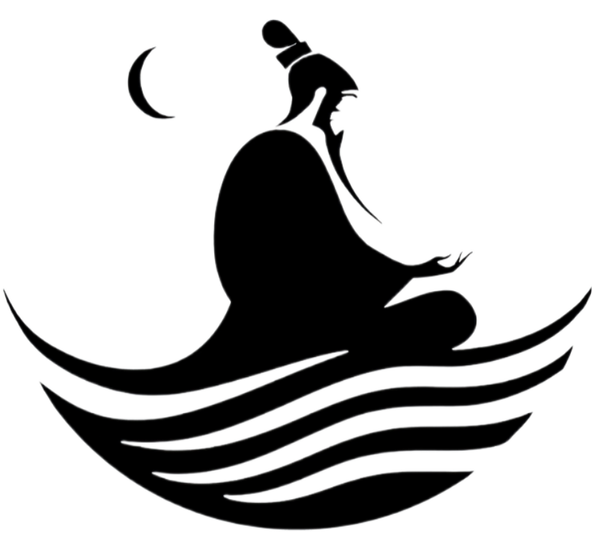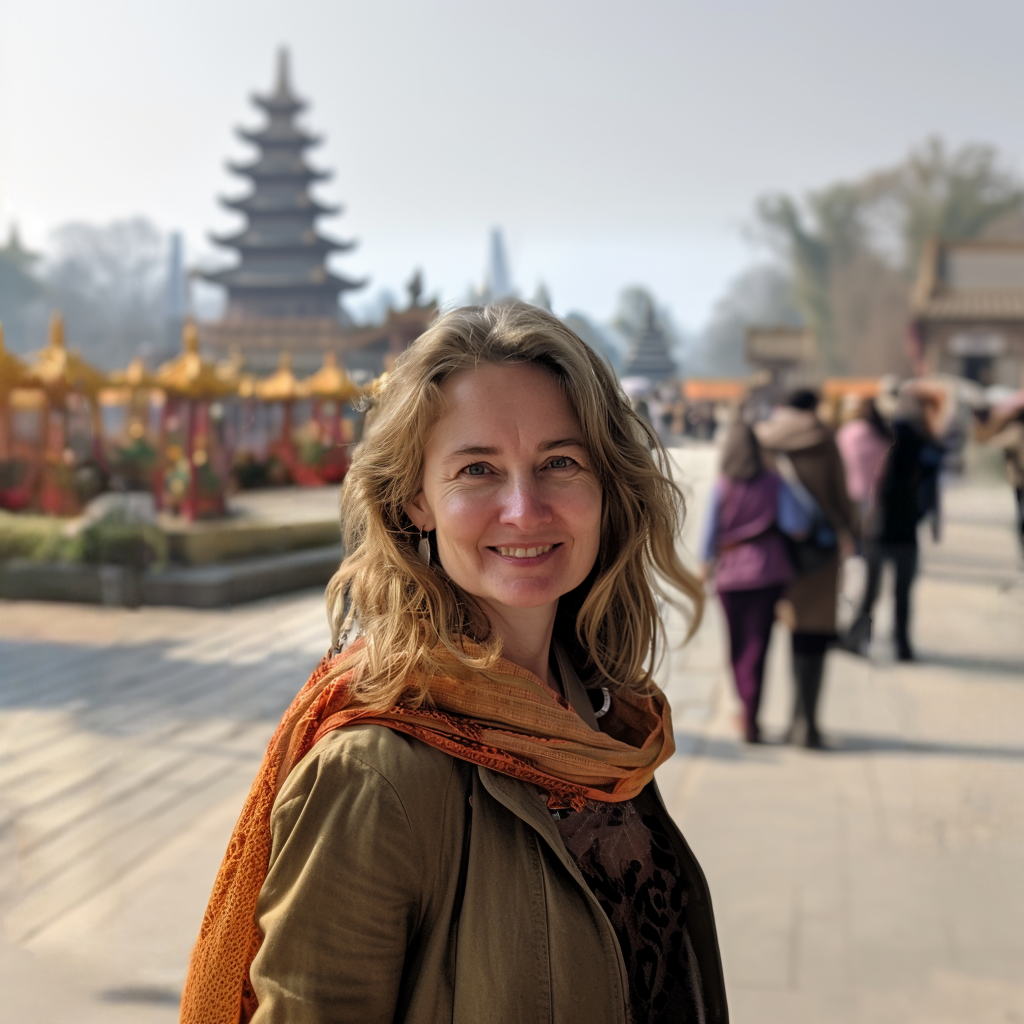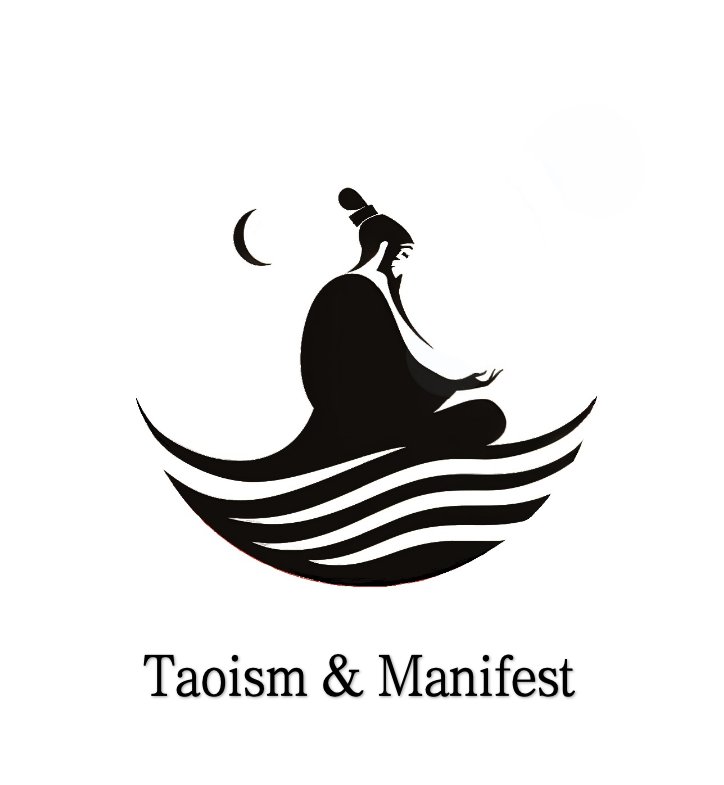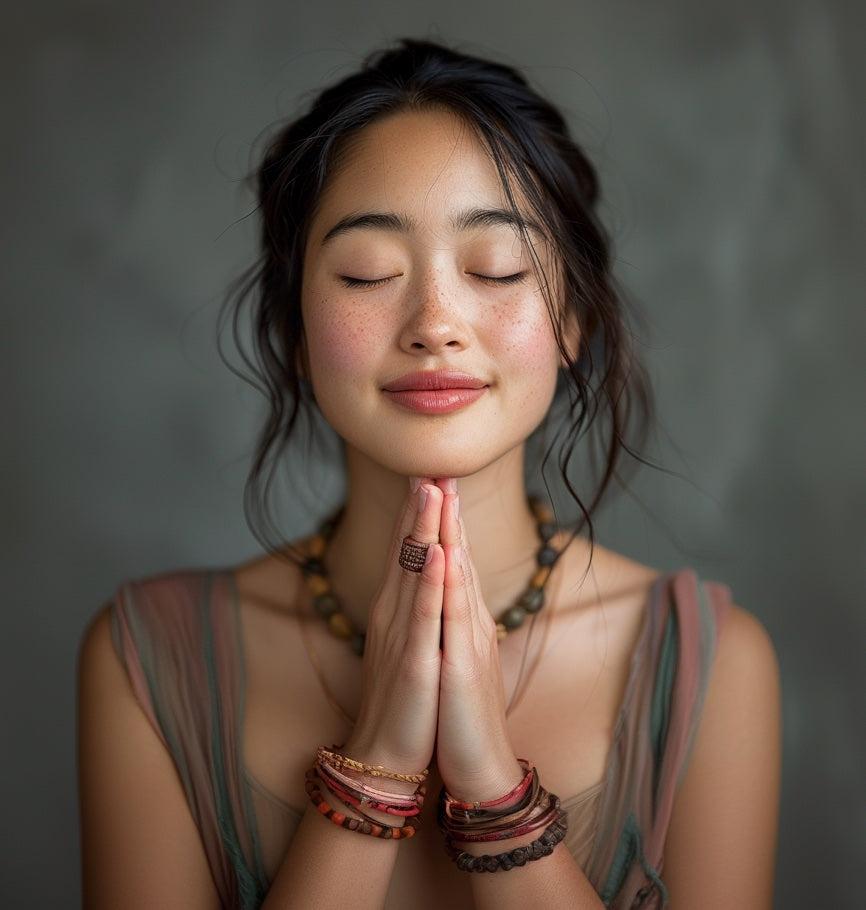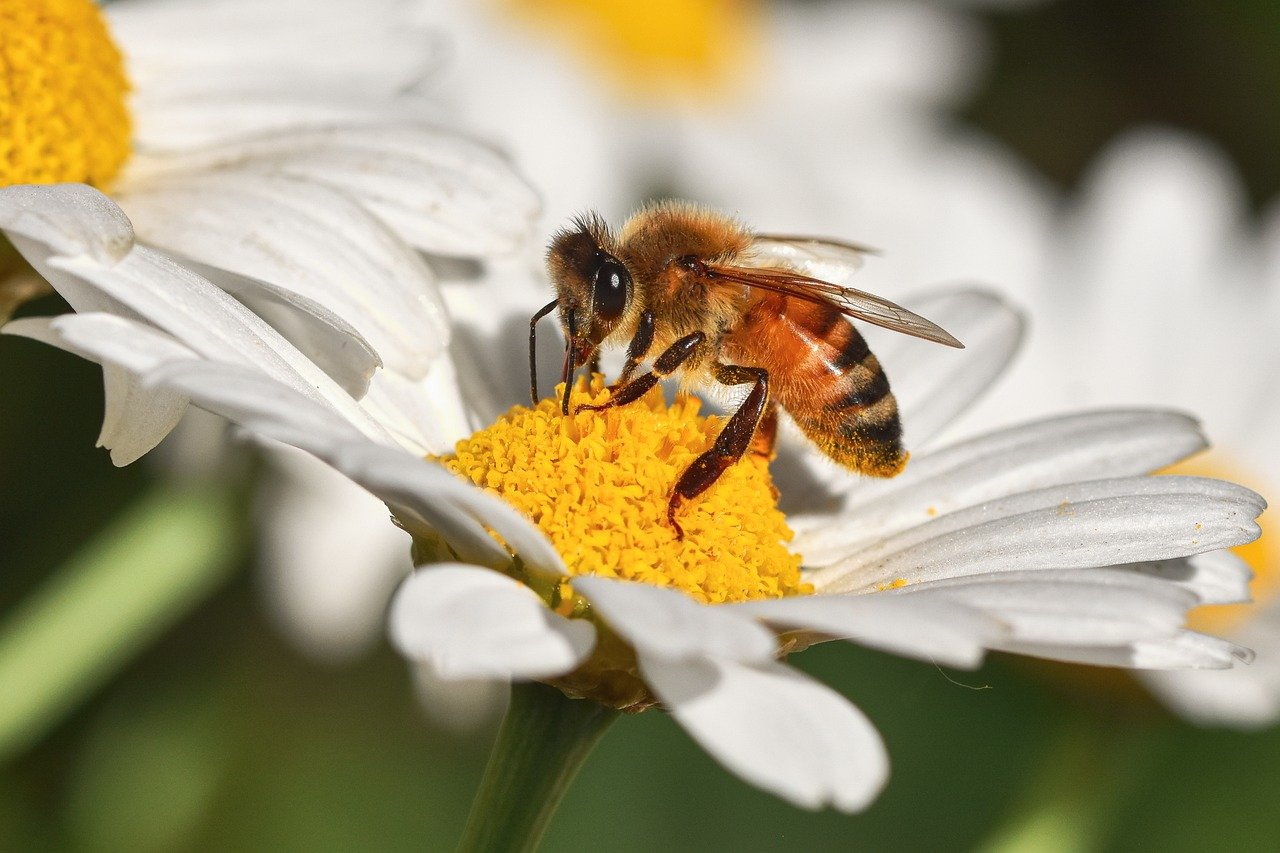
The change of women in taoism shows a strong link between feminine traits and the main ideas of taoist belief. Stillness, softness, and being hidden help shape how women are seen in taoism. These traits show the gentle strength found in the tao te ching. These traits do not mean weakness. Instead, they show a creative power that leads the path of the tao. Over time, the idea of yin has given women in taoism a special spiritual power and an important part in the story of taoism.
Key Takeaways
Women have always had important roles in Taoism. They show strength by being gentle and creative. The idea of yin means softness and stillness. This gives women a special spiritual job. It helps balance the masculine yang in Taoism. In history, women were leaders, teachers, healers, and nuns. They helped shape Taoism and its ways. Taoism sees both feminine and masculine traits as equal. It tells everyone to find balance and peace in life. Today, women keep growing in Taoism. They lead rituals, teach, and practice spiritual arts. These things help them feel close to the Tao.
Women in Taoism: History
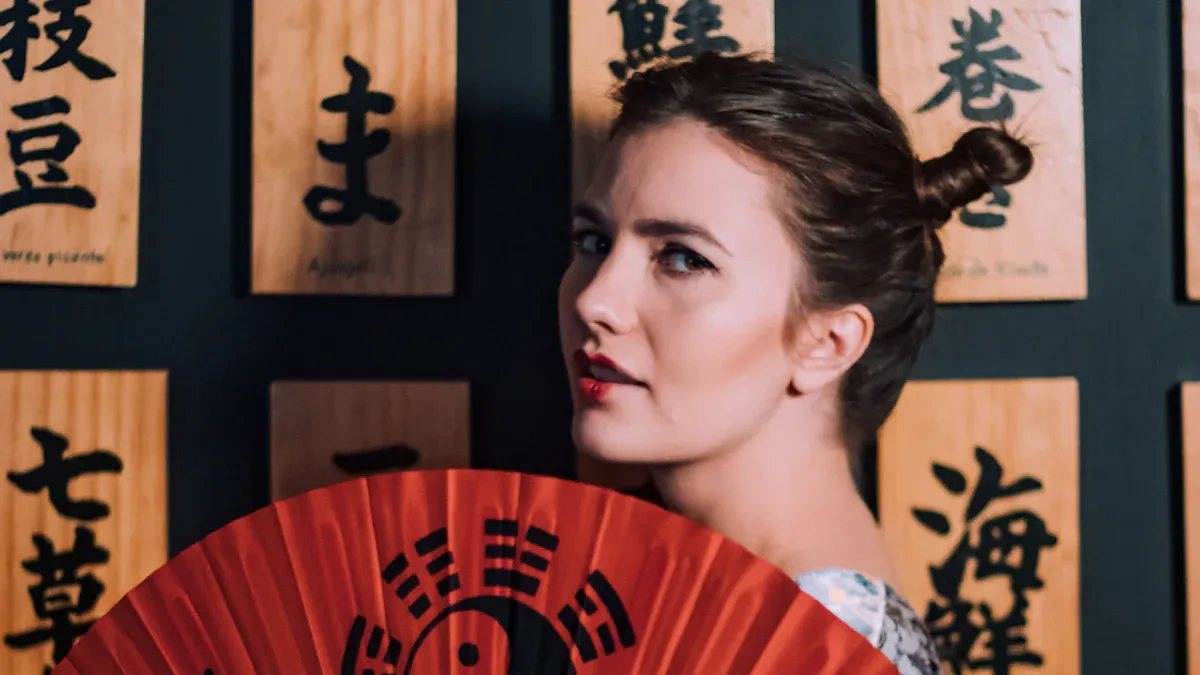
Early Roles and Images
Women have always been important in taoism. Early Taoist books, like the Liexian zhuan and Shenxian zhuan, told stories about both men and women. These stories showed women as leaders and immortal experts. They did not say women were less than men. Instead, they talked about men and women working together.
There are five main ways women are shown in taoism:
The mother, like Xi Wangmu, stands for having children and giving life.
The yin force shows the soft and gentle energy in the world.
The teacher is a woman who shares wisdom and spiritual skills.
The healer brings health and balance to others.
The independent agent acts with her own power and choice.
Xi Wangmu, the Queen Mother of the West, is a well-known example. She is a strong mother, a cosmic yin force, and a wise teacher. She lives on Kunlun Mountain with other women and magical animals. Her stories show her as a leader for women in taoism and give them spiritual power.
Women also had special jobs in medium and shaman groups. They led rituals and practiced inner alchemy, called nüdan. Early Taoist groups included women in big ceremonies, like rites of passage and spiritual growth rituals. These jobs helped shape taoism and gave women a strong place from the beginning.
Tang and Song Dynasties
The Tang dynasty was a great time for women in taoism. About 400 Taoist nuns lived in the early Tang years. Empress Wu helped and watched over these nuns, showing women could be respected. Some women, like the daughter of poet Wang Wei, became nuns to find freedom and avoid forced marriage. Taoism gave women a place to be themselves and feel respected.
Taoism liked feminine traits and wanted balance between men and women. This idea of balance was different from Confucianism, which often gave women fewer choices. In the Tang dynasty, women had more chances to learn and grow.
In the Song dynasty, the Quanzhen School made new changes. This school welcomed everyone, including women. It let women join as beginners if they wanted and could work hard. By the Yuan dynasty, women were about one third of the Quanzhen clergy. The school gave women more ways to lead and take part in religious life. This time helped shape how women would join taoism later.
Modern Shifts
In the 20th century, women in taoism had both problems and new chances. For a long time, rules kept women from being priests or leaders. But as society changed, these rules started to go away. More women joined Taoist temples and took part in rituals.
Today, women still help shape taoism. They are nuns, teachers, and spiritual guides. Many women study inner alchemy and meditation, finding new ways to learn Taoist ideas. The roles of women in taoism keep growing, showing their strength and creativity.
Taoism and Gender Balance
Yin and Yang
Taoism teaches that Yin and Yang are two sides of the same coin. Yin stands for the feminine principle, while yang represents the masculine. These forces work together to create balance in the world. The taoist worldview sees yin as still, soft, and hidden. Yang is active, bright, and open. Each principle contains a bit of the other, showing that nothing is ever just one way. The tao te ching explains that the tao brings all things into harmony by blending yin and yang.
Women often connect with yin. This does not mean women are weak. Instead, the feminine qualities of stillness and softness show a quiet strength. In nature, yin and yang change places depending on the situation. For example, the shady side of a mountain is yin, but as the sun moves, that side can become yang. Taoism uses this idea to show that gender roles are flexible. The tao values both yin and yang, seeing them as equal and necessary for life.
Taoist philosophy describes yin and yang as "the front and the back of the same coin," showing unity and balance rather than hierarchy.
Feminine Qualities
The tao te ching praises the power of the feminine. It says that water, which is soft and yielding, can wear down the hardest stone. This lesson teaches that the way of the tao values gentle strength. Women in taoism often show the qualities of yin: stillness, softness, and hiddenness. These traits help keep balance in families and communities.
Taoism encourages everyone to respect both the feminine and masculine. The principle of harmony means that no one side should rule over the other. In daily life, people can blend yin and yang qualities, no matter their gender. The tao invites all to find their own way, using both strength and softness. This approach supports equality and respect between men and women. The feminine principle is not just for women; it is a guide for anyone who follows the tao.
Women in Taoism: Roles
Goddesses and Immortals
Taoism has many female deities and immortals. These women show wisdom and power in spiritual life. Some famous ones are:
Queen Mother of the West: She rules over paradise and immortality. She is a symbol of yin and spiritual retreat.
He Xiangu: She is the only woman among the Eight Immortals. She stands for healing, balance, and care in Taoism.
Canmu (Silkworm Mother): She is Leizu, wife of the Yellow Emperor. She taught people how to make silk.
Princess of Streaked Clouds: She protects women and children. She helps with childbirth.
Nü-kua: She made humans from clay and is a mother figure in stories.
Empress of Heaven: She saves people at sea and is known for miracles.
These goddesses show that women can be creators and protectors.
Teachers and Leaders
Many women have helped shape Taoism as teachers and leaders. Sun Bu'er was a famous Taoist teacher in the 12th century. She taught inner alchemy, especially for women. Wei Huacun started the Shangqing School and became a leader in Taoism. Taoist nuns often earned respect as teachers. This shows women could guide others in spiritual practice.
Female teachers in Taoism have inspired both men and women to find balance and wisdom.
Nuns and Practitioners
Women have been nuns, wives, mothers, mediums, and healers. Taoist nuns practice meditation, rituals, and inner alchemy. They often live in temples and help their communities. Some women act as mediums and connect people with spirits. Others focus on healing or teaching. Women in Taoism have many roles. Their work shows the value of both yin and yang in spiritual life.
Practices for Women
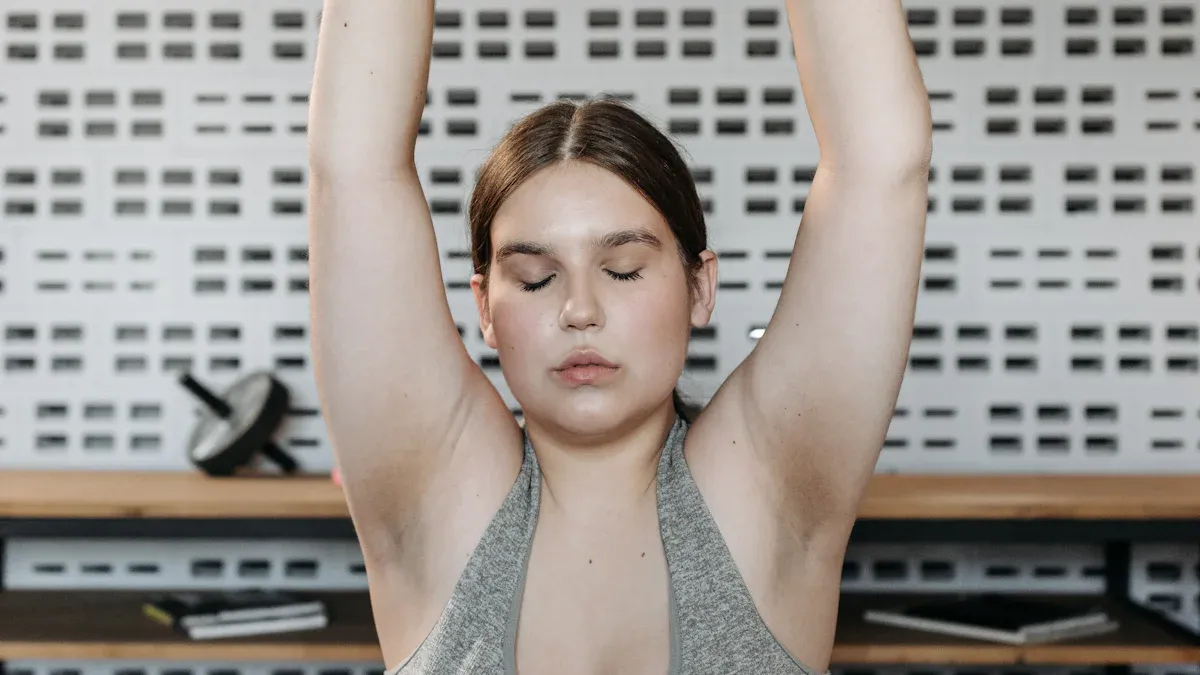
Female Alchemy
Female alchemy, called nüdan, is a special path in Taoism. It helps women grow inside and change their spirit. Women use meditation, qigong, and breathing to control their energy. They watch the solar essence in their bodies. They do this by keeping track of their periods and massaging their breasts. The goal is to save and improve jing, qi, and shen, which are three important energies. Both men and women helped female alchemy grow over time. Old books from the Ming and Qing dynasties show how these ideas changed. Lü Dongbin, a well-known immortal, shared nüdan texts. This shows Taoism values wisdom from everyone. The practice tries to make a spiritual embryo. This gives women a new sense of who they are and a closer bond with the tao.
Meditation and Rituals
Meditation is a big part of what women do in Taoism. Women sit quietly, breathe deeply, and imagine peaceful things. These steps help them balance their feelings and thoughts. Rituals let women connect with the tao and respect nature’s cycles. Daily qigong keeps their energy moving and helps with alchemy. These habits help women find peace between body and spirit. The tao te ching says being soft and still can make you strong. By meditating and doing rituals, women find their own way to change and feel whole.
Contemporary Practice
Today, Taoism gives women new choices for spirit and life. Many women go to workshops led by other women. They learn how to mix old Taoist ideas with modern living. These groups focus on kindness, helping others, and working together. Female leaders in Taoism often care about teamwork and support. This helps women feel strong and brings good changes to the world. The tao teaches everyone to live in peace with nature and people. By following the tao, women today grow inside and feel like they belong.
Women in taoism have changed a lot over time. Long ago, women helped shape taoism with their wisdom and care. They also showed strong leadership. The tao teaches that being gentle and strong are both important. This makes the feminine principle a big part of spiritual life. More women are joining and leading in taoism now. Because of this, taoism keeps growing. This balance brings new ideas about gender and spirituality. It shows that the tao is open to everyone.
FAQ
What makes the roles of women in taoism unique?
Women in taoism often make their own choices. They show how strong the feminine principle can be. Many women become teachers, healers, or spiritual leaders. Taoism values their calm, gentle, and quiet strength.
Who is a prominent woman taoist teacher in history?
Sun Bu’er is a well-known woman taoist teacher. She taught female alchemy to help women change inside. Her lessons still help people who follow the tao today.
How does the concept of yin and yang shape female identity in taoism?
Yin is the feminine side. Yang is the masculine side. The Tao Te Ching says both are needed for balance. This idea shapes how women see themselves in taoism. It shows women have an important role in spiritual life.
What is the role of the queen mother of the west in taoist culture?
The queen mother of the west is a strong goddess in taoism. She helps women grow in spirit. Many people see her as a symbol of the feminine principle. She is also a leader in the way of the tao.
How has the transformation of women’s roles influenced modern taoism?
The change in women’s roles has brought new life to taoism. Women now lead rituals, teach, and learn about themselves. This helps taoism grow and stay open to everyone.
